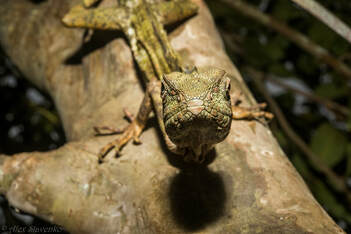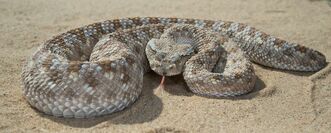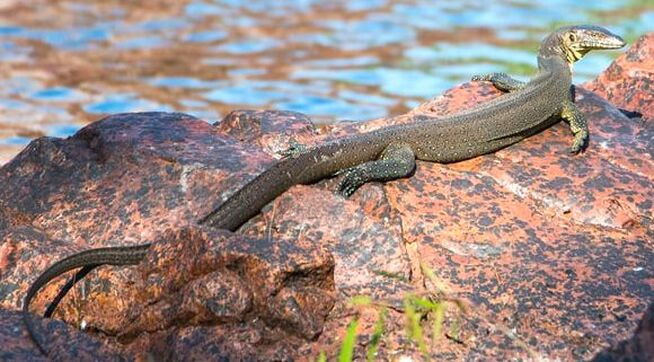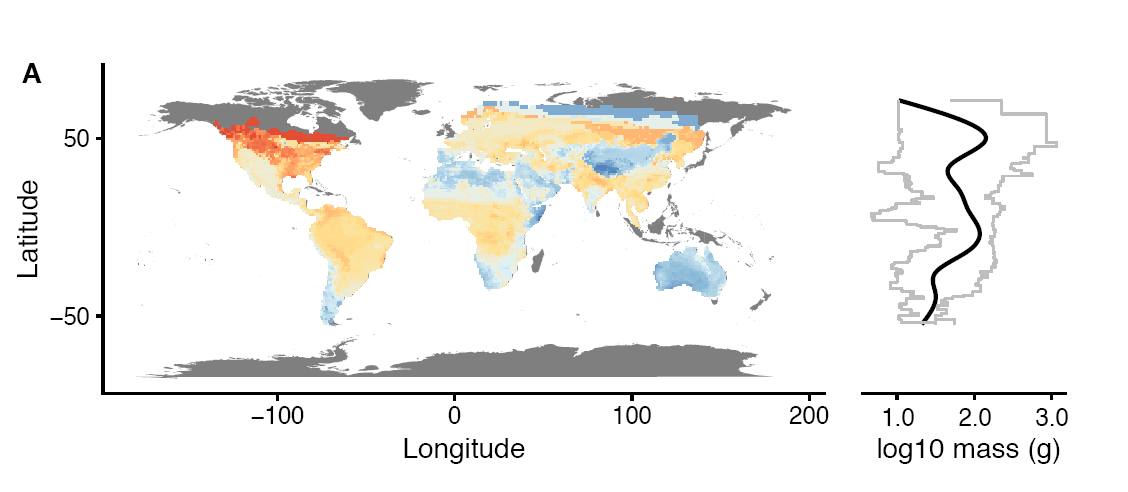 Hypsilurus papuensis from Mt. Victoria, PNG
Hypsilurus papuensis from Mt. Victoria, PNG In our recent paper published in Global Ecology and Biogeography, we examined trends in body size of squamates, utilizing GARD's massive dataset of distributions and body sizes. We examined these trends both at the assemblage level (how median size of squamate assemblages changes from one area to the next, and how it's correlated with climatic conditions in those areas) and at the species level (how body size changes from one species to the next, and how it's correlated with the climatic conditions experienced by each species).
 Cerastes gasperetti from the Arava
Cerastes gasperetti from the Arava To sum it all up, our conclusion was that the effect of climate on size evolution in squamates is negligible at best, at least at the interspecific level. Of course, climate can be very important – it can serve as an ecological filter for dispersal and colonization of different groups, which can create spatial patterns in body size when these groups differ in size, as we indeed find (for instance – most squamates in Australia are skinks, and most skinks are very small). In any case there doesn't seem to be some general "rule" we can formulate on how climate affects body size evolution, and we think such evolutionary relationships, if they exist, are highly species-specific and should be examined on a case-by-case basis.



 RSS Feed
RSS Feed
